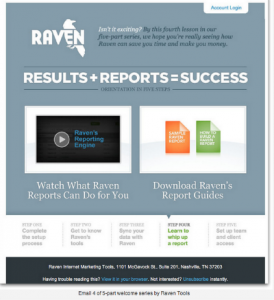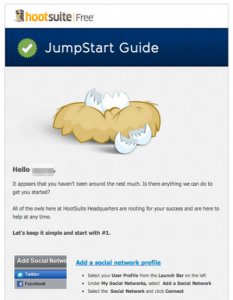Many companies are guilty of not having any proper procedures in place when it comes to onboarding. With customers, for instance, most sales reps will focus all their energy and efforts on closing the sale. Once the customer has signed on the dotted line, a sales rep might send across an invoice and engage in a few pleasantries, but then quickly move onto talking to the next prospect.
When it comes to employees, it’s pretty much the same — HR managers typically invest their time and effort on interviewing and hiring, not onboarding. Sure, there might be a standard to-do list for new hires to follow on their first day at work, but this typically isn’t as well thought out or optimized as the actual hiring process.
If you want to improve your company’s operations and overall performance, though, all that has to change. In this two-part series, we discuss the importance of both customer and employee onboarding, and give you some tips on how to supercharge your onboarding strategies. First, let’s focus on customers.
What is Customer Onboarding?
Having a proper customer onboarding strategy in place is crucial to achieving a higher customer retention. Why does this matter? Well, your customer retention rates have the ability to make or break your business (and nope, we’re not being dramatic).
Now, you probably already have some great customer acquisition strategies in place. Maybe you’re running ads on Google AdWords, or you have an awesome referral program that’s getting you a lot of word-of-mouth business. But you shouldn’t rely solely on this; having an effective customer acquisition strategy does NOT mean that you can neglect your customer retention.
Consider this: in the short run, it’s 16 times as expensive to build a long-term business relationship with a new customer than to cultivate the loyalty of an existing customer. And after 5 years, a 1% difference in retention rates can translate into a 12% impact on a company’s valuation. Bearing this in mind, it’s safe to say that you can’t afford to just “hope for the best” when it comes to onboarding and retention.
Addressing Customer Churn
Now that’s sorted out, let’s talk about what causes customers to churn (i.e., stop using your product). There are four broad categories to consider:
- Your customer no longer needs the product
- Your customer found a better alternative
- Your product doesn’t meet the customer’s expectations
- Your customer is struggling to use your product
Now, let’s hone in on the last instance (where your customer is struggling to use your product). In most cases, this happens when you don’t onboard your customers effectively. Some companies, for example, will simply trigger an email containing login information to their customers, and call it a day. Obviously, this doesn’t cut it — you should guide your customer through how to start using your product, and reduce any friction that might get in their way.
Hitting The “First Success”
More specifically, your goal is to get your customer to experience their first success with your product. Once you do that, they’ll start engaging with your product more, and there’s a higher chance that they’ll become a loyal customer. (Plus, when this happens, it’ll be easier for you to upsell them further down the road).

Credit: NeilPatel.com
As you may imagine, this “first success” differs from company to company. If your company produces a financial advice app that tells consumers how to invest their money, your “first success” could happen when a customer makes an initial investment based on the app’s recommendations. If your company produces a social media scheduling tool, your “first success” could come when your customer schedules their first Tweet using your tool. You get the idea.
How do you help you customer hit their “first success” more quickly? Simple — you give them all the information and resources they need, and guide them through the learning curve. Most companies do this using onboarding emails, and here are a few which are particularly effective…
This email from Olark, which comes with a nifty step-by-step guide:

This email from Raven, which contains free reports and guides:

And this email from Hootsuite, which encourages the customer to take action:

Feeling inspired yet? Here’s a step-by-step guide to help you work on your customer onboarding process:
- Step 1: Establish the goal of your program. What is the most important action that you want your customers to take?
- Step 2: Establish secondary goals or milestones. What will keep your customers with you, and convert them into loyal users?
- Step 3: Identify the challenges standing in your customers’ way. Are your customers too busy to check out your product? Do they find it hard to understand the technology behind your product?
- Step 4: Design an automated email campaign that addresses these challenges. Link your customers up to online FAQs and knowledge bases, embed How-To videos in your emails, and send them invites to online webinars.
- Step 5: Once your customer experiences their “first success”, continue walking them through their other milestones.
That’s all for now on customer onboarding. Next week, we’ll look at employee onboarding. Stay tuned!






